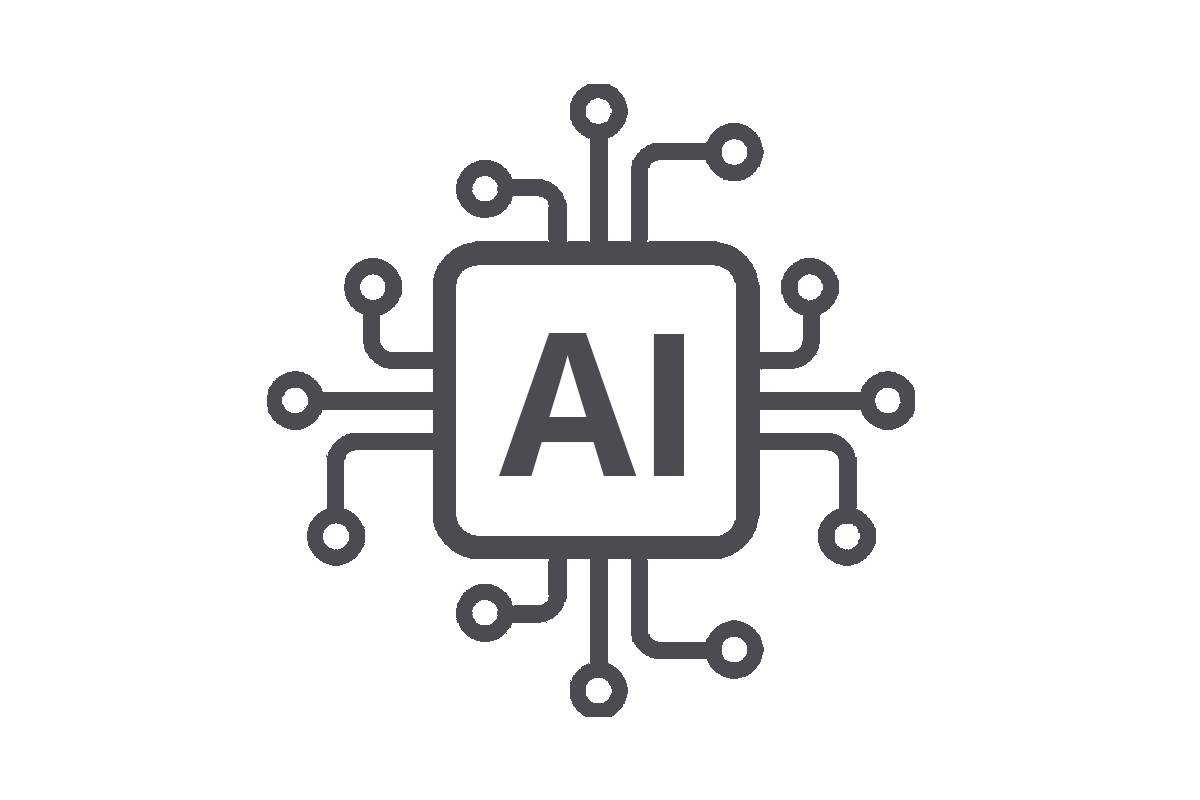

AI and Social Engineering: A Double-Edged Sword in Cybersecurity
In today’s digital landscape, social engineering remains one of the most potent tools in a cyber criminal’s arsenal. But with the rise of artificial intelligence (AI), the threat—and the defence—has evolved dramatically. This blog explores how AI is reshaping social engineering, drawing on insights from recent training materials and the latest cybersecurity intelligence.
Understanding Social Engineering
At its core, social engineering is the art of manipulating people into revealing confidential information or performing actions that compromise security: attackers exploit human psychology—trust, urgency, fear of missing out—to trick individuals into clicking malicious links, sharing credentials, or transferring funds.
Common tactics include:
- Phishing: Mass emails or texts designed to lure victims into clicking malicious links.
- Spear Phishing and Whaling: Targeted attacks on individuals or executives.
- Business Email Compromise (BEC): Impersonation of trusted contacts to request fraudulent payments or sensitive data.
These attacks often bypass technical defences by exploiting the “human loophole.”
AI as an Enabler of Social Engineering Attacks
AI has supercharged traditional social engineering in several alarming ways:
1. Hyper-Realistic Phishing
Generative AI tools can now craft phishing emails that are grammatically perfect, contextually relevant, and visually indistinguishable from legitimate communications. Attackers use AI to mimic tone, branding, and even writing styles.
2. Deepfake Voice and Video
Voice cloning and deepfake video technologies allow attackers to impersonate executives or colleagues in real-time, issuing fraudulent instructions via phone or video calls. This has led to a surge in voice phishing (vishing) attacks, where cloned voices are used to pressure employees into urgent actions like transferring funds or revealing credentials.
3. Automated Reconnaissance
AI can scrape social media and public data to build detailed profiles of targets, enabling highly personalised spear phishing campaigns.
4. Thread Hijacking at Scale
Attackers can use compromised inboxes to hijack email threads – AI can automate this process, scanning for keywords like “Re:” and crafting believable replies laced with malware.
Emerging Trends in AI-Driven Social Engineering (2025 Update)
Deepfake Detection Becomes Critical
With deepfakes now a common tool in social engineering, organisations are investing in detection tools and analogue verification protocols—such as confirming requests via known phone numbers or in person—to counteract this threat.
AI Governance and Policy Enforcement
As AI tools become embedded in daily operations, organisations must implement governance frameworks. This includes:
- Clear policies on AI use and data handling
- Regular audits of AI-generated content
- Training staff to recognise AI-generated threats
Leadership must embed these practices into organisational culture to ensure resilience.
Ransomware-as-a-Service (RaaS) and AI
Ransomware groups are using AI to identify high-value targets and optimise attack timing. AI also helps craft persuasive ransom notes and automate malware distribution, making patch management and incident response planning more critical than ever.
Insider Threats and AI Misuse
AI tools can be misused by insiders—either maliciously or unintentionally. For example, an employee might use a generative AI tool to summarise sensitive internal documents, inadvertently exposing confidential data. Organisations are now monitoring internal AI usage and applying data loss prevention (DLP) tools to mitigate this risk.
Defending Against AI-Enhanced Social Engineering
Fortunately, AI is also a powerful ally in defence. Here are key strategies organisations are adopting in 2025:
1. AI-Powered Detection
Defensive AI tools can analyse communication patterns, detect anomalies, and flag suspicious behaviour in real time—often before a human would notice.
2. Zero Trust Architecture
Implementing zero trust principles—where no user or device is automatically trusted—helps limit the damage from compromised accounts.
3. Multi-Factor Authentication (MFA)
MFA remains a cornerstone of defence, making it harder for attackers to exploit stolen credentials.
4. Enhanced Awareness Training
Training must evolve to teach employees how to spot AI-generated content, including deepfakes and hyper-realistic phishing. Awareness is no longer about spotting typos—it’s about questioning even the most convincing messages.
5. Monitoring and Governance of AI Systems
Organisations must inventory and monitor their own AI tools to prevent misuse or compromise, including guarding against data poisoning and prompt injection attacks.
Conclusion: Stay Sceptical, Stay Secure
The goal isn’t to memorise every attack type—it’s to cultivate a mindset of healthy scepticism. Social engineering thrives on trust. In an AI-powered world, that trust must be earned, verified, and never assumed.
Whether at work or in your personal life, vigilance is your best defence.